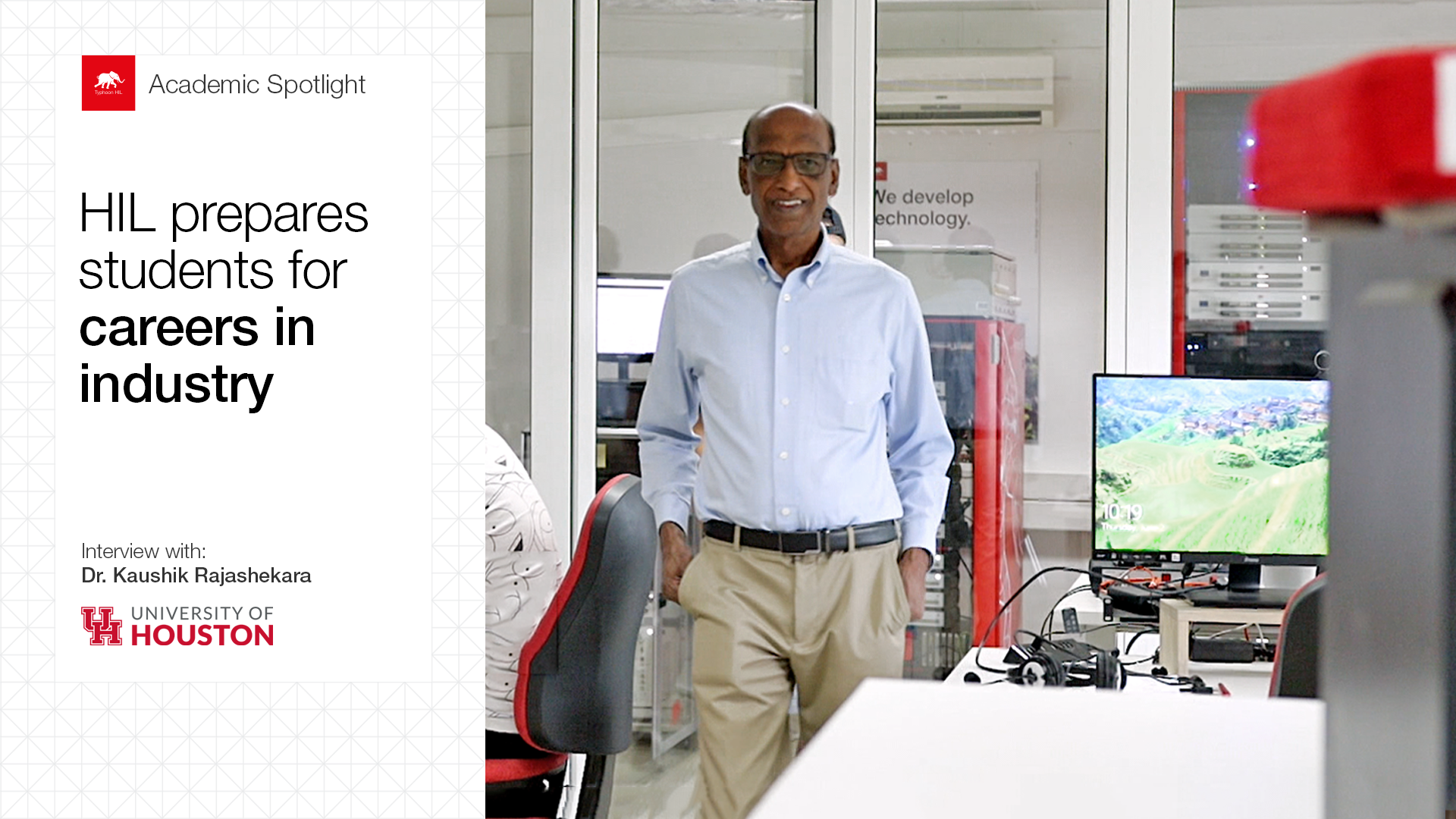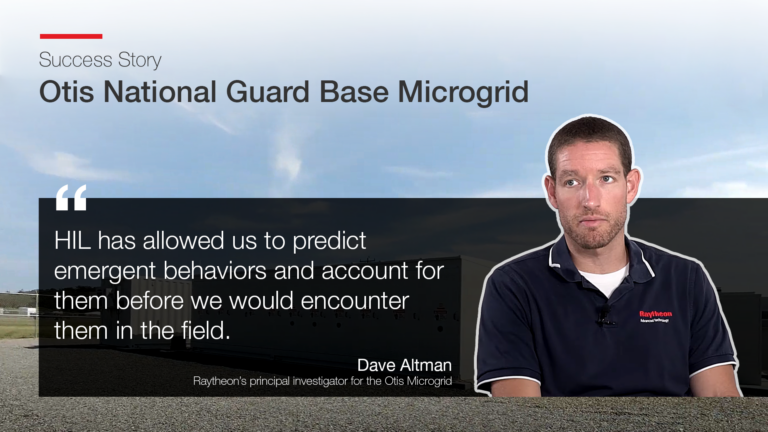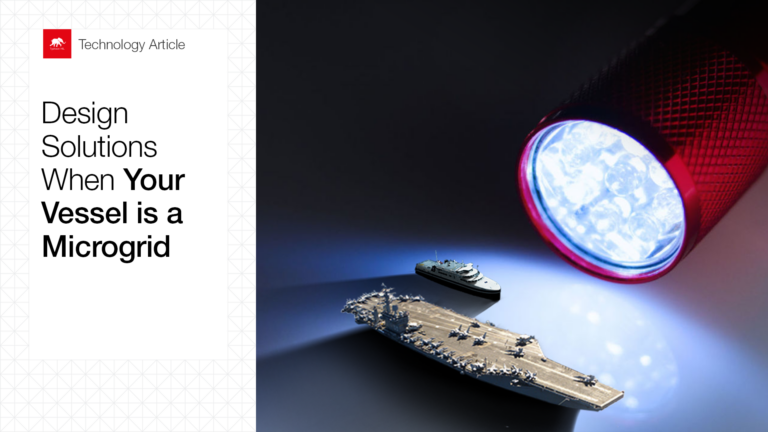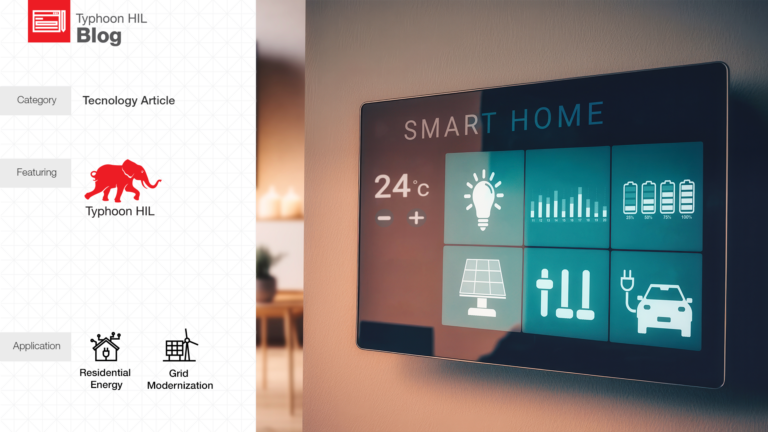Research | Research background and industry applications
Prof. Rajashekara joined the University of Houston in 2016 as a Professor of Electrical engineering. His previous academic work experience was at the University of Texas, while before that, he gained industry experience as a Chief Technologist in Rolls-Royce and General Motors. His main research focus is on the electrification of transportation and subsea oil and gas extraction, in support of the transition towards more environmentally friendly energy sources.
Teaching | Preparing students for careers in industry
Each academic year, Prof. Rajashekara teaches two courses, one focused on renewable energy systems and distributed generation systems, and the other on adjustable speed drives. Due to his work experience in the industry of over 25 years, he finds it crucial to teach students skills that make them ready to apply their knowledge in the industry from day one. Teaching through hardware-in-the-loop real-time simulations plays a key role in achieving this.
HIL Benefits | Teaching becomes faster and easier
In one semester, students do not have enough time to design and build a physical prototype and test it. Also, if they were working with real power, they would be exposed to higher risks of equipment catching fire and personal injury. Therefore, one clear benefit of teaching students on Typhoon HIL real-time simulators is that they can learn faster and in a safer environment, with more freedom for learning through trial and error.
By having a real-time simulation environment with a rich component library, creating a model of the power and control stage becomes easier and faster, which leaves more time within the semester dedicated to control testing and gaining industry-relevant skills. From student experience, Typhoon HIL’s solutions are simple to get started with and very convenient to use. Many students got their first jobs after university thanks to having real-time simulation work experience.
For Prof. Rajashekara, HIL in one word is user-friendly.
Credits:
Text | Debora Santo
Visuals | Karl Mickei
Editor | Debora Santo



